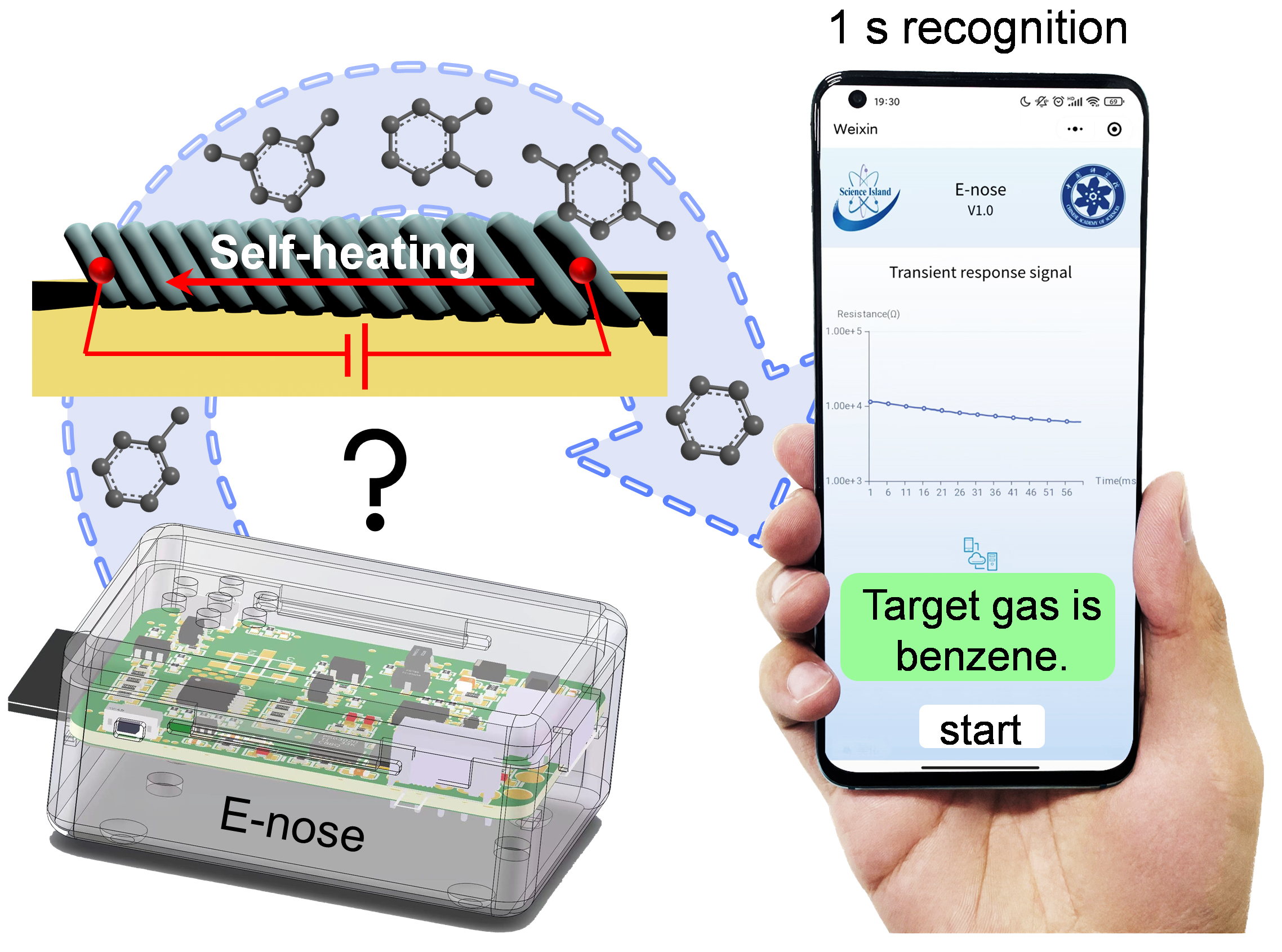

A recent study highlights the development of a smart electronic nose (e-nose) by a research team led by Prof. MENG Gang from the Hefei Institutes of Physical Science. The novel e-nose utilizes self-heating modulation strategy to accurately distinguish different types of target gas molecules within only one second.
An international team of astronomers from China, the United States, Chile, the United Kingdom, Spain, etc., has made a significant discovery by identifying a previously unknown source of dust in the universe: a Type Ia supernova interacting with gas from its surroundings.

A research team led by Professors PAN Jianwei, YAO Xingcan, and CHEN Yu'ao from the University of Science and Technology of China of the Chinese Academy of Sciences, have for the first time observed and quantitatively characterized the many-body pairing pseudogap in unitary Fermi gases.
Researchers from the Institute of Modern Physics of the Chinese Academy of Sciences, and the collaborator, predicted the existence of the exotic nuclei using the covariant density functional theory.
A team of researchers led by Prof. XIE Chengjun and Associate Prof. ZHANG Jie from the Hefei Institutes of Physical Science has presented Fourier-Image Signal Processing (ISP), a novel deep learning-based framework for RAW-to-sRGB image conversion.
Researchers led by Prof. HU Linhua from the Hefei Institutes of Physical Science found that the electrochemical properties of NH4V4O10 can be successfully improved by introducing oxygen vacancies.

86-10-68597521 (day)
86-10-68597289 (night)

52 Sanlihe Rd., Xicheng District,
Beijing, China (100864)

